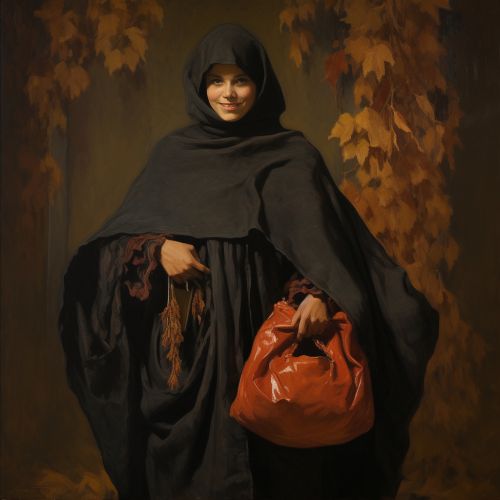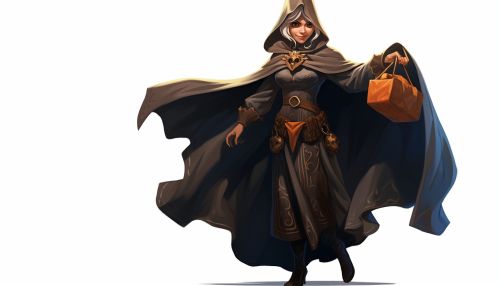Trickster Myth
Overview
The trickster is a character archetype that appears in the myths, folklore, and literature of many different cultures around the world. The trickster is typically a figure who breaks the rules of the gods or nature, sometimes maliciously but usually with ultimately positive effects. Often, the trickster's actions lead to the creation or changing of the world and its laws. This character is often portrayed as a clever, cunning figure who uses his wits to get what he wants, often causing chaos in the process.


Characteristics of the Trickster
Tricksters are typically male characters, and are often associated with transformation, creativity, and chaos. They are often seen as rule-breakers, who use their wits and cunning to challenge the status quo and bend or break the rules of society or nature. This can lead to both positive and negative consequences.
Tricksters are often portrayed as being able to change their shape or form, and are often associated with the ability to cross boundaries, such as the boundary between life and death, or between the human and animal worlds. They are often seen as mediators between the human and divine realms, and are often associated with the creation of the world or the establishment of its laws.
Trickster Myths in Different Cultures
Trickster myths are found in many different cultures around the world, and the trickster figure can take many different forms.
Native American Trickster Myths
In many Native American cultures, the trickster is often portrayed as a coyote, a raven, or a hare. These animals are known for their cunning and trickery in the natural world, and their characteristics are often transferred to the trickster figure in the myths.
African Trickster Myths
In African mythology, the trickster is often portrayed as a spider, a tortoise, or a hare. These animals are also known for their cunning and trickery, and their characteristics are often transferred to the trickster figure in the myths.
European Trickster Myths
In European mythology, the trickster is often portrayed as a god, a fox, or a sprite. These characters are also known for their cunning and trickery, and their characteristics are often transferred to the trickster figure in the myths.
The Role of the Trickster in Mythology
The trickster plays a crucial role in mythology. Often, the trickster's actions lead to the creation or changing of the world and its laws. The trickster's actions can also lead to the creation of new knowledge or understanding, as the trickster's tricks often reveal new truths or expose hidden realities.
The trickster is also often seen as a mediator between the human and divine realms. The trickster's ability to cross boundaries and break rules allows him to move between these realms, and his actions often have effects in both the human and divine worlds.
The Trickster in Modern Literature and Media
The trickster archetype continues to be a popular figure in modern literature and media. Characters such as Loki in the Marvel Comics universe, Puck in Shakespeare's "A Midsummer Night's Dream", and the Joker in the Batman series all embody elements of the trickster archetype.
